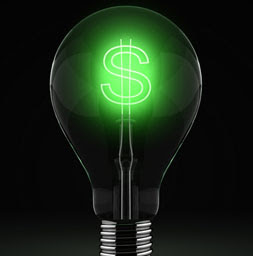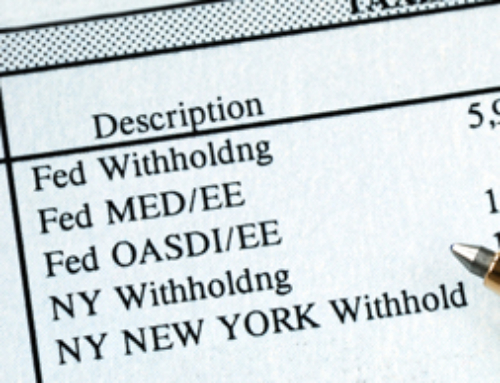 Yesterday, I heard Ed Asner in a commercial touting somebody’s solar installations. That reminded me of my first trip to Israel, in 1977.
Yesterday, I heard Ed Asner in a commercial touting somebody’s solar installations. That reminded me of my first trip to Israel, in 1977.
Waaaaaayyy back then, in a country where the residents had fought to reclaim land from marshes and deserts, where trees were planted one by one to create an arable environment, people were using the power of the sun to heat their water.
Practically every rooftop had this thing that looked like a trash barrel. These solar water heaters weren’t the most attractive things in the world-they could have used aesthetic improvement-but the concept was sound.
The Fantasy of Alternative Energy
I expected the southern portion of the United States to take advantage of solar technology quickly. Especially since, shortly after it was developed, we faced a crippling oil crisis, with cars lined up to buy rationed fuel on alternate days. I anticipated legislation requiring new construction to incorporate solar power for heating water, if not electricity. If solar had been mandatory, today power units would be mass produced, cheaply. Everyone would afford it. We wouldn’t need to cover miles of desert to collect power. We could use the miles of existing rooftops. Alas…
No Coercion-Just Tax Incentives for Hybrid Cars
One way to get a tax credit for being energy responsible is to buy a hybrid car. You can snag a credit worth $900 to $3,400 on the purchase of a new hybrid vehicle, but be forewarned: the credit is limited by the total number of vehicle sales. The IRS publishes a list of qualifying vehicles by model and year with their current credit amounts.
Is all your driving very local? Consider an electric car. The tax credit is worth 10 percent of the cost, up to $2,500, for qualified plug-in electric vehicles. Use Form 8834. There was a tax credit of up to $15,000 for a plug-in electric vehicle on Form 8936. That ended in 2009. Who knows? Perhaps it will return.
The two big problems with plug-in vehicles?
- You need somewhere to plug them in to recharge them. With a limited range, commuters must plug in at work.
- They are drawing power off the main grid. What happens if everyone switches from gas to electric cars and recharges them at the same time?
Coming Home to Tax Savings: Tax Incentives for Going Green at Home
Other ways to earn tax credits for going green include insulating your home, getting a new roof, and installing double-paned windows or better doors. The Nonbusiness Energy Property Tax Credit is worth 30 percent of the cost, up to $1,500, reported on Part I of Form 5695. It applies to 2009 and 2010 purchases.
You might also want to install an alternative-energy system. The Residential Energy Efficient Property Tax Credit is worth 30 percent of the full price. Use Part II of Form 5695. This applies to solar power, geothermal power, and wind turbines.
BONUS! Similar tax credits may be available from your state or city. Your local utility companies may subsidize your costs through rebates, or by buying back some of the energy you produce. Perhaps manufacturers’ rebates can help defray the costs. See the Energy Star site rebate finder at http://www.energystar.gov/.
Enter these arrangements with open eyes. Even with the tax credits and rebates, you’re apt to spend a lot for alternative-energy systems. It may take decades to recoup your costs via savings from reduced monthly utility fees. Don’t forget the costs of system maintenance, replacement, and repairs.
Even so, you may just want to do it for the “green” of it, or to become at least partially independent of the grid.
Eva Rosenberg, EA is the publisher of TaxMama.com, where your tax questions are answered. Eva is the author of several books and ebooks, including Small Business Taxes Made Easy. Eva teaches a tax pro course at IRSExams.com.
Read More:
Home Buyer Tax Credit: 7 Things You Need To Know When Filing For The Home Buyer Tax Credit






